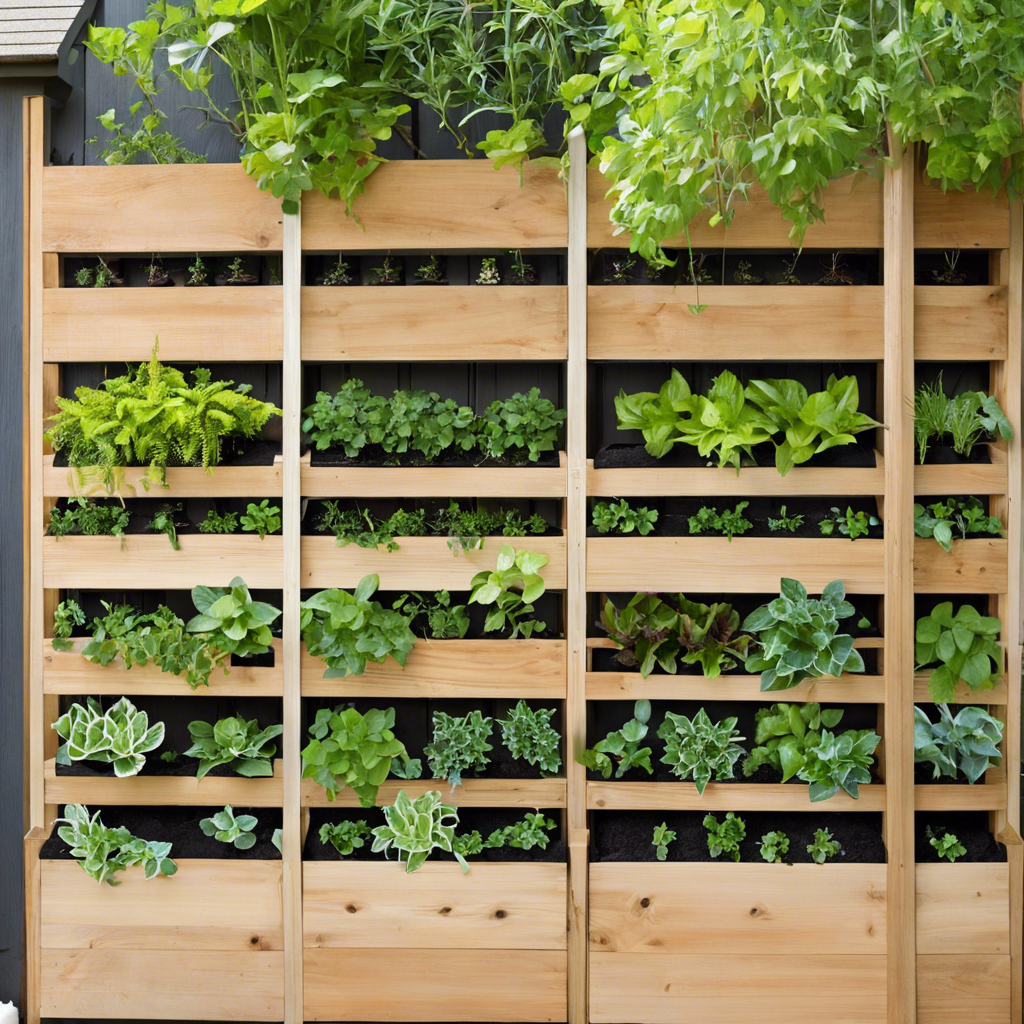Small-space gardeners often face the challenge of limited horizontal real estate, but there’s an innovative solution: think vertical! Vertical gardening is an ingenious approach that maximizes space by utilizing height, transforming平凡的墙壁, fences, and even trellises into lush, living masterpieces. Whether you reside in an urban area or simply wish to transform a compact yard into a verdant sanctuary, vertical gardening presents a plethora of benefits.
This space-saving technique not only adds dimension and visual allure to your garden but also offers functional advantages. For one, it can help alleviate the issue of overcrowding, providing ample room for your beloved plants to flourish. No longer do you need to painstakingly decide which plant varieties to forgo due to spatial constraints. With vertical gardening, you can embrace an expansive plant collection, creating a diverse and vibrant oasis that rivals any spacious garden.
The beauty of vertical gardening lies in its versatility. You can cultivate a myriad of plant species, from cascading vines to climbing roses and verdant foliage. Imagine a tapestry of vibrant colors and textures adorning your walls and fences, attracting admiring glances from neighbors and passersby. But it’s not just about aesthetics; vertical gardening also boosts practicality.
Vertical gardening is especially advantageous for those who crave a lush, productive garden but have limited mobility. By elevating your garden bed, you can effortlessly tend to your plants without the strain of bending or kneeling. This accessible approach ensures that gardening remains an enjoyable and therapeutic pastime for individuals of all ages and physical abilities.
In small yards, every inch counts, and vertical gardening ensures that no space goes unused. Climbing plants, such as clematis or honeysuckle, can gracefully adorn an ordinary fence, adding privacy and a touch of wild charm. Meanwhile, trellises and obelisks can support climbing vegetables like cucumbers or beans, providing both form and function.
The key to vertical gardening success lies in selecting the right plants and providing adequate support. Choose climbing varieties that thrive in your specific climate and soil conditions. Ensure the structure you use is sturdy enough to bear the weight of the plants and consider using planters or pockets designed specifically for vertical gardening.
